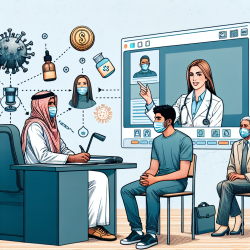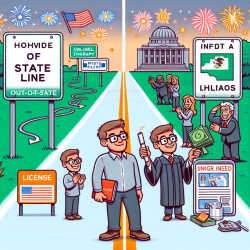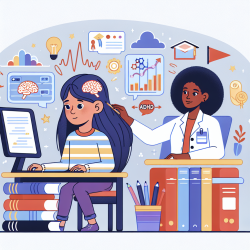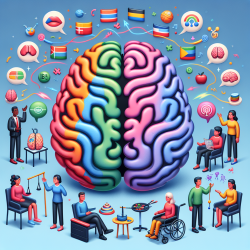Introduction
The recent research paper titled The effect of social distancing on the reach of an epidemic in social networks provides valuable insights into how social distancing can impact the spread of infectious diseases within social networks. As a practitioner in the field of online therapy, understanding these dynamics can enhance your service delivery, particularly in a school setting where interactions are frequent and diverse.
Understanding the SIRwSD Model
The study introduces the Susceptible-Infected-Removed with Social Distancing (SIRwSD) model, which uses a contact network to simulate disease spread. Social distancing policies are applied by limiting the number of acquaintances individuals can interact with, thereby constraining disease transmission to a smaller subnetwork.
Key findings suggest that while increased social distancing typically reduces the spread of infectious diseases, the effectiveness varies significantly depending on the network's structure. This highlights the importance of tailoring policies to specific network topologies, such as school environments.
Implications for Online Therapy
As a provider of online therapy services, particularly in educational settings, the insights from this research can be pivotal. Here are some ways to apply these findings:
- Network-Specific Strategies: Customize your online therapy sessions based on the specific social network structure of the school. For instance, schools with a more centralized network might require different strategies compared to those with a decentralized structure.
- Policy Coordination: Work closely with school administrators to ensure that social distancing policies are aligned with the network's characteristics. This coordination can prevent the undoing of benefits from social distancing if external connections are not managed.
- Global Cooperation: Encourage schools to adopt a coordinated approach in implementing social distancing measures, especially if they have connections with other schools or districts that may not be following similar protocols.
Addressing Therapist Staffing Shortages
One of the challenges in special education is managing therapist staffing shortages. The research suggests that even a small fraction of individuals acting as 'essential workers' can maintain the epidemic's reach similar to a scenario with no essential workers. This implies that having a core team of therapists who can adapt to different social distancing measures is crucial.
Consider implementing flexible staffing models where therapists can work across different schools or districts, adapting to varying social distancing measures. This flexibility can ensure that therapy services remain uninterrupted even during staffing shortages.
Encouraging Further Research
While the study provides a robust framework for understanding the impact of social distancing, it also opens avenues for further research. Practitioners are encouraged to explore:
- The interplay between time-varying and individual-specific constraints in therapy sessions.
- How individual-specific social distancing policies can be optimized to target the right individuals in a school setting.
- The integration of social distancing policies with economic models to understand the broader impact on educational outcomes.
Conclusion
Incorporating the findings from this research into your practice can enhance the effectiveness of online therapy services in schools. By understanding and applying network-specific strategies, coordinating policies, and addressing staffing challenges, practitioners can ensure that therapy services are both effective and resilient.
To read the original research paper, please follow this link: The effect of social distancing on the reach of an epidemic in social networks.










